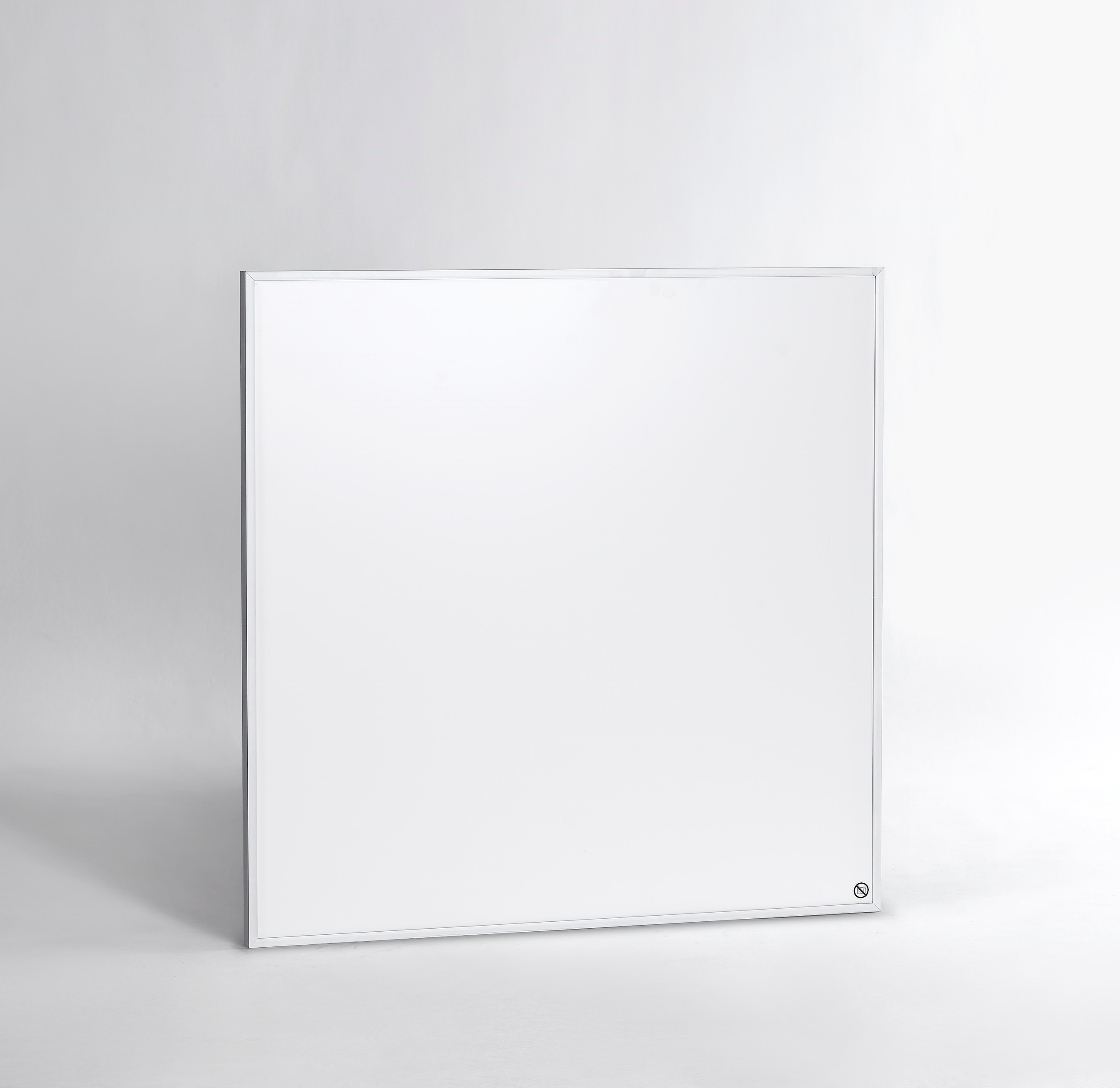Ask Tenants blog

Disclosure – This is a sponsored post for Funkyheat.co.uk. Asktenants.co.uk has been compensated £50/- for time spent in researching and writing this blog. While the content is written after extensive research by Asktenants.co.uk, it is agreed with Funkyheat.co.uk prior to publication.
The first thing that comes to mind when we think about indoor heating is radiators. Radiators are not particularly good looking, hard to install, not portable and not the most energy efficient to operate.
Convection heating (radiators) works by heating the air around us, heat is easily lost through draughts and leaks, once the warm air escapes through doors, floorboards we feel cold again.
Infrared heating works by travelling through space and heats any objects they hit, including your body. Thermal mass of the objects means they release the absorbed heat slowly. Infrared is the reason we feel warm in the sunlight even on the cold day.
Sometimes the word ‘radiation’ can ring alarm bells for some people, but infrared radiation is 100% safe. Our own bodies emit it – this is how search and rescue helicopters find lost people at night.
As infrared heating works by directly heating the objects and people in a room rather than the air (volume of the room) there are a number of significant advantages over convection heating. There have been a number of independent studies assessing the benefits of infrared heating concluding that:
- It takes 1/3 more energy to heat a room using convection heat
- There is a much higher heat loss with traditional convection heating when compared to infrared heating
- Infrared heaters can provide the same comfort levels at lower temperatures than convection heat
Sources of these studies can be found at the end of this post.
Infrared heating by design is more effective in stopping/eradicating mould and damp problems compared to radiators. Unlike radiators which heat air, Infrared heating penetrates walls and continues to warm them even after the heating is turned off. As infrared heat dries out walls from the inside, it eliminates localised damp and mould. It can be great addition to bathrooms where primary reason of mould is cold and wet walls due to misty conditions. Check out this mist free bathroom heater mirror by Funky Heat.
Installation is simple, panels sold by funkyheat.co.uk could simply be hung on the wall and then plugged into a socket – Infrared heating panels are lightweight and portable, so when tenants move to a new home they can take them with them.
Funkyheat.co.uk is an award winning company selling Italian designed Infrared panels, their heaters were born out of a desire to combine exceptional aesthetics and design with an economical way to heat space. For an economical condensation and mould solution, the Eco range infrared heating panels sold by Funkyheat.co.uk cost between £145 and £195 according to room size. A bathroom would typically be £145 and a bedroom or lounge £195.
Read some of the reviews by their customers here. Reviews website Trust pilot has given them 8/10, read independent customer reviews here.
If you’re not sure what size heater you need, please drop them a line or give them a call they will help you work out the correct heater specification for your requirements. You can also use their hand infrared heater wattage calculator.
Sources:
Zmeureanu, R., Fazio, P.P., and Haghighat, F. 1988. Thermal Performance of Radiant Heating Panels. T ASHRAE 94(2): 13-27
DeWerth, D.W. and Loria, R.L. 1989. In-space heater energy use for supplemental and whole house heating. T ASHRAE 95 (1) : 239-250
Hart, G.H. 1981. Heating the perimeter zone of an office building. T ASHRAE 87(2): 529-537
Howell, R.H. and Suryanarayana, S. 1990. Sizing of radiant heating systems: Part I-Ceiling Panels. T ASHRAE 96(1): 652-665
Kalisperis, L.N., Steinman, M., Summers, L.H., and Olesen, B. 1990. Automated design of radiant heating systems based on MRT. T ASHRAE 96(1): 1288-1295
Ling, M.D.F. and Deffenbaugh, J.M. 1990. Design strategies for low temperature radiant heating systems based on thermal comfort criteria. T ASHRAE 96(1): 1296-1305
Dudkiewicz, E. and Jezowiecki, J. 2009. Measured radiant thermal fields in industrial spaces served by high intensity IR. Energy and Buildings 41 (2009): 27-35
Ardehali, MM, Panah, NG, and Smith, TF. 2004. Proof of concept modeling of energy transfer mechanisms for radiant conditioning panels. Energy Conversion and Management 45 (2004) : 2005-2017
Roth, K., Dieckmann, J., and Brodrick, J. 2007. Infrared radiant heaters. ASHRAE Journal 49 (6): 72-73


Sign in or Register to Comment